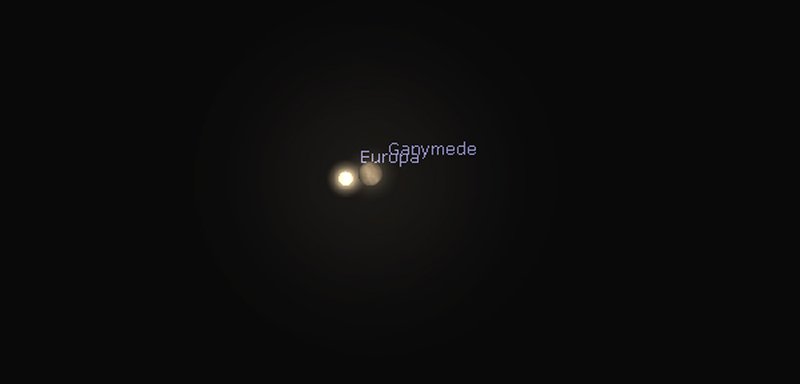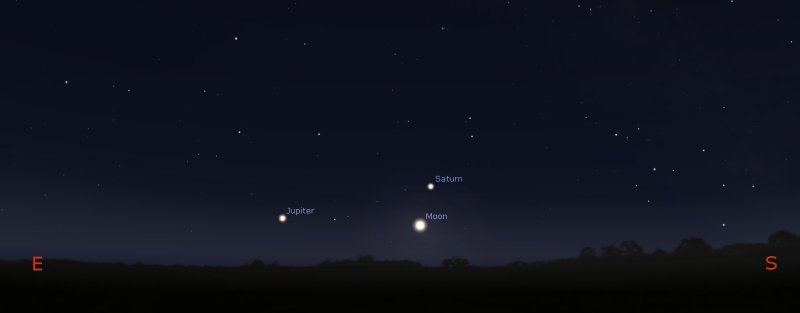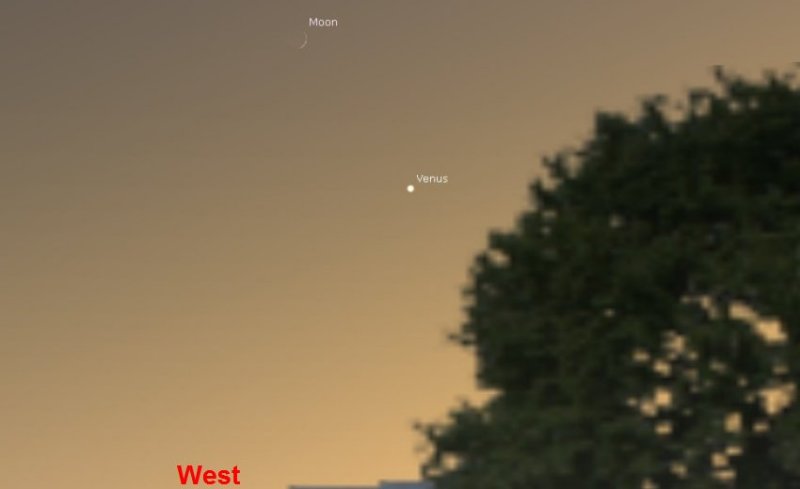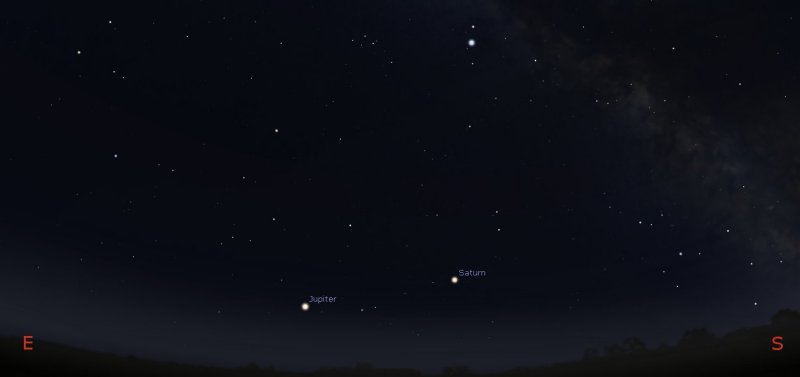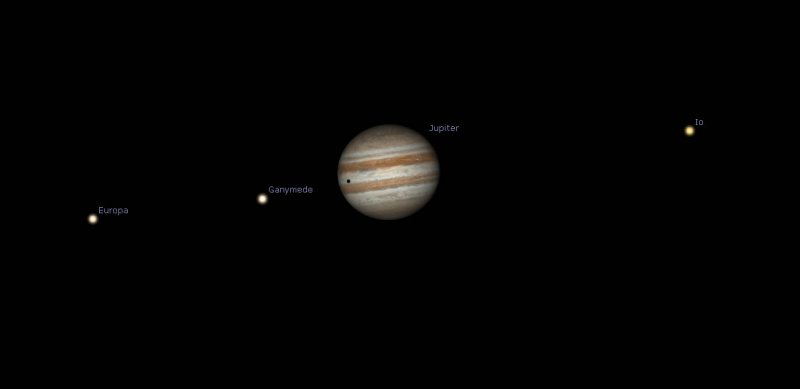At the beginning of August, Saturn reaches opposition. This astronomical term means that the planet appears in the opposite side of the sky to the Sun and from a practical point of view, light from the Sun will brighten Saturn's rings. In other words, it's a good time to get your telescope out from next week and aim it towards the south east at about 11pm when Saturn will have risen above the horizon!
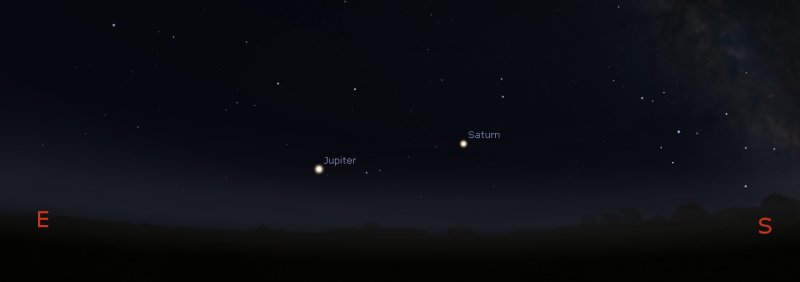
Saturn's prominent rings are made from mainly ice crystals, which reflect sunlight really well. Getting technical, this is known as the Seeliger Effect, when light originating from behind an observer is reflected by the rough surface of an object or from many particles.
The planet itself is one of the gas giants and the second-largest planet in our Solar System. Saturn is known to have at least 82 moons orbiting around it and the largest of these, Titan, will be to the right of the planet.

Please remember that star charts show what you would see with the naked eye or binoculars - if you like, a "true" view. If you are using an astronomical telescope, then the view is reversed, so Titan will appear to be to the left of Saturn. Astronomers live with this reversal as it would need extra lenses in the telescope to correct the image and that would waste light in the process.
If you aim your telescope towards Jupiter's moons at about 11pm on Sunday 1st August there is the chance to see the occultation of Europa by Ganymede - Ganymede will appear to cover part of Europa and then move away from it again.
